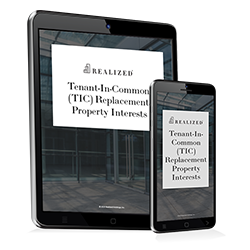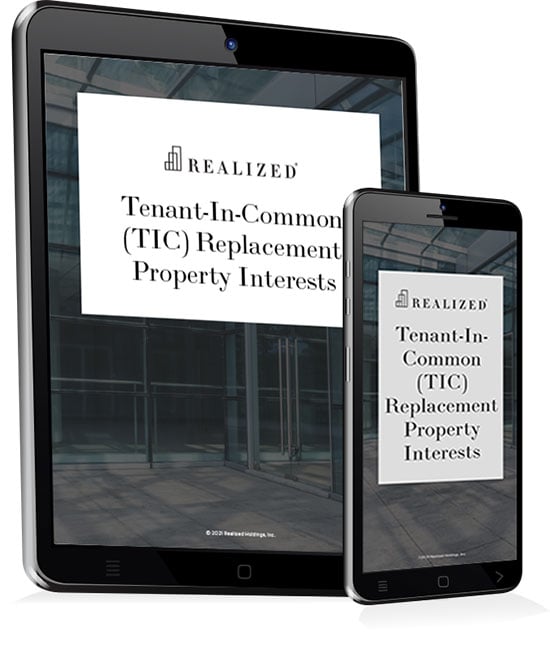
A tenancy in common arrangement provides a way for investors to dip their toes into property ownership without the financial burden of being a solo investor. While a tenancy in common isn’t exactly a type of mortgage loan, we’ll explain financing options for this type of ownership structure.
What Is a Tenancy in Common?
The tenancy in common (TIC) structure is a popular ownership arrangement in real estate with a range of potential benefits, including recurring income from rent as well as appreciation if the property value increases over time. Additionally, tenants-in-common can defer capital gains taxes through a 1031 exchange as well as realized depreciation deductions when filing income taxes.
In this type of arrangement, two or more people (up to 35) share ownership rights to real property. When a tenant-in-common passes away, ownership rights pass to the tenant’s estate and to any beneficiary of their choosing. All areas of the property are owned equally by the tenants; however, co-tenants may have different shares of ownership interests. Additional tenants can also be added at any time.
Mortgage Loan For a Tenancy in Common
There are two options when it comes to financing a tenancy in common arrangement: group loans or fractional loans.
Group mortgage loans
In a group loan structure, each member of the group agrees to pay their share of the mortgage loan. Co-owners apply for the mortgage loan together and in most situations, tenants-in-common have a joint checking account where tenants deposit funds into the account to be paid out to the mortgage lender.
However, group loans are riskier. Group loans often require larger down payments and may have a higher interest rate. Lenders often impose stricter guidelines on group loans, making them harder to secure. Because repayment of the mortgage loan is a joint endeavor, the biggest risks are the tenants themselves. If a member defaults on their share of the loan, the group as a whole is still responsible to the lender.
If one tenant dies or wishes to sell their share, it can get tricky when it comes to transferring the property if there’s remaining debt. In this situation, possible options include paying off the debt, refinancing to a new group loan, refinancing to fractional loans, or transferring the property with the lender’s permission.
Fractional mortgage loans
In 2004, lenders began offering fractional mortgage loans to co-owners in a tenancy in common arrangement. With a fractional loan, each tenant must secure an individual mortgage for their share of the TIC. That way, if a group member defaults on their mortgage loan, the lender can foreclose on their share of the TIC without foreclosing on the entire property. Fractional loans usually come with higher interest rates compared to group loans.
The method of financing depends on the TIC arrangement and if one member should default on their share of the loan, details should be laid out in the tenancy agreement specifying the course of action in that situation.
This material is for general information and educational purposes only. Information is based on data gathered from what we believe are reliable sources. It is not guaranteed as to accuracy, does not purport to be complete and is not intended to be used as a primary basis for investment decisions. Realized does not provide tax or legal advice. This material is not a substitute for seeking the advice of a qualified professional for your individual situation. All real estate investments have the potential to lose value during the life of the investment. All financed real estate investments have the potential for foreclosure. TIC properties may employ professional asset and property management, if so, while TIC co-owners vote on major issues, they do not have direct say over day-to-day property management situations. Like any investment in real estate, if a TIC property unexpectedly loses tenants or sustains substantial damage, there is potential for suspension of cash flow distributions. Costs associated with a 1031 transaction may impact investor’s returns and may outweigh the tax benefits.



